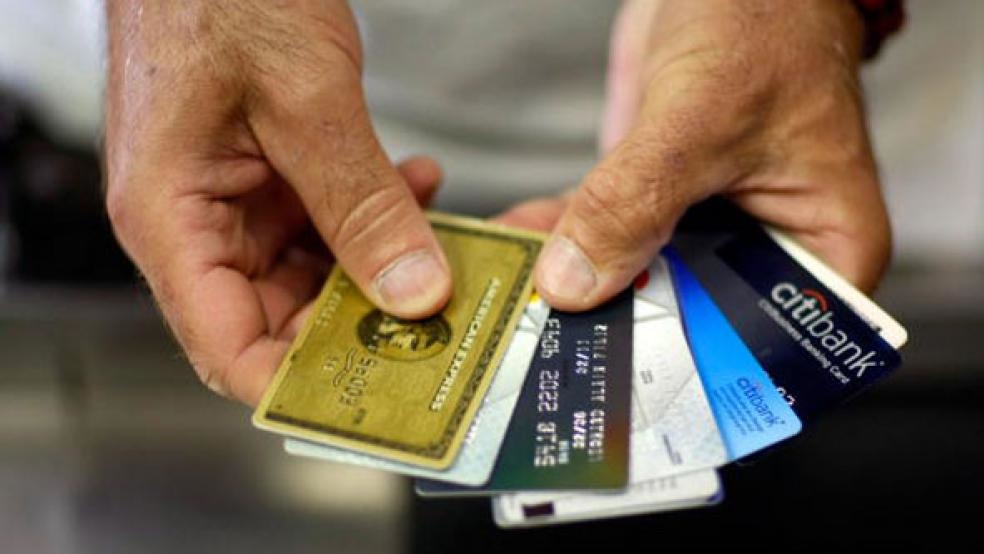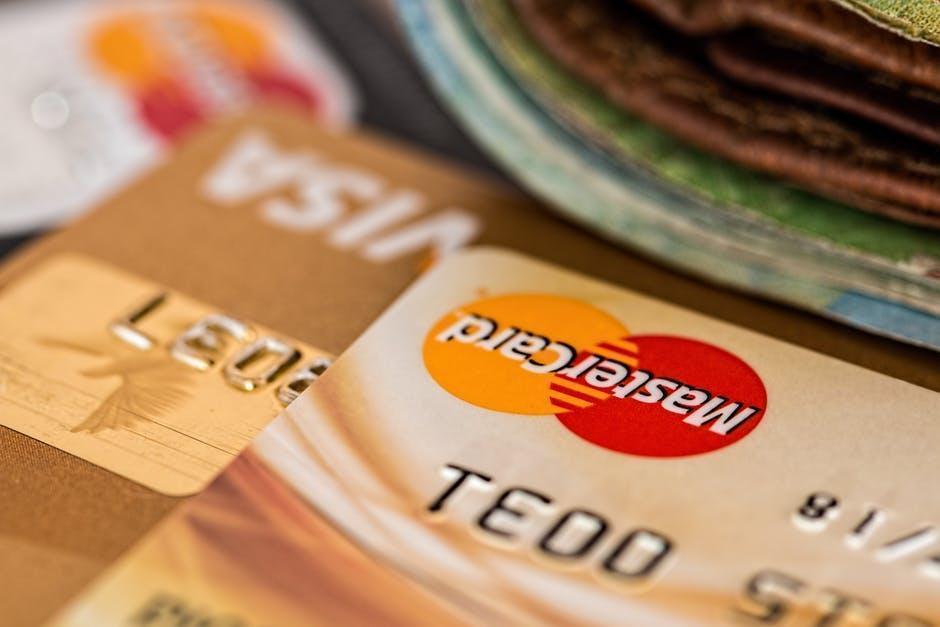The best ways to improve your credit score

Apr 19 | 2024

Deciphering the factors that contribute to a credit score and the ways to improve that magic financial number might seem intimidating, but achieving the great credit score of your dreams is a somewhat simple matter of discipline and attention. Whether your score is poor or on the verge of great, you know you want to








